In Grueling Journey, 53,000 Live Animals Shipped from New Zealand to Mexico
The News
A ship containing approximately 50,000 sheep and 3,000 cattle that departed from New Zealand on June 11th arrived in Mexico on June 26th after 16 days at sea. It is the single largest shipment of live animals ever exported from New Zealand.
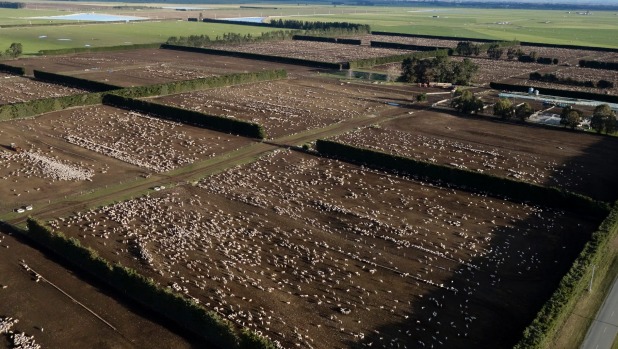
Sheep are held in pens in New Zealand prior to being loaded onto transport ship (photo: John Bisset/Fairfax NZ)
Given the long duration of the overseas journey, animal rights activists in New Zealand and Australia have expressed grave concerns about the welfare of the animals, who can suffer from malnutrition, starvation, heatstroke, respiratory disease, blindness from seawater spray and stress from 16 days of intensive confinement. Unloading 50,000 sheep, who are reportedly pregnant, and 3,000 cattle is expected to take several more days.
Once on the ground, the animals will be loaded onto trucks and/or trains and transported for an additional 10-15 hours, according to advocates. The temperature in Mazatlan, the port where the cattle and pregnant sheep are being unloaded, is approximately 90°F (32° C), reaching up to 120°F (49° C) with the heat index.
According to Animals Australia, which has conducted over 35 live export investigations, millions of animals have died during these voyages. In an interview with TV3 in New Zealand, Hans Kriek, the Executive Director of Save Animals From Exploitation in New Zealand said, “We understand that some animals have already died, but we have no idea about the numbers.”
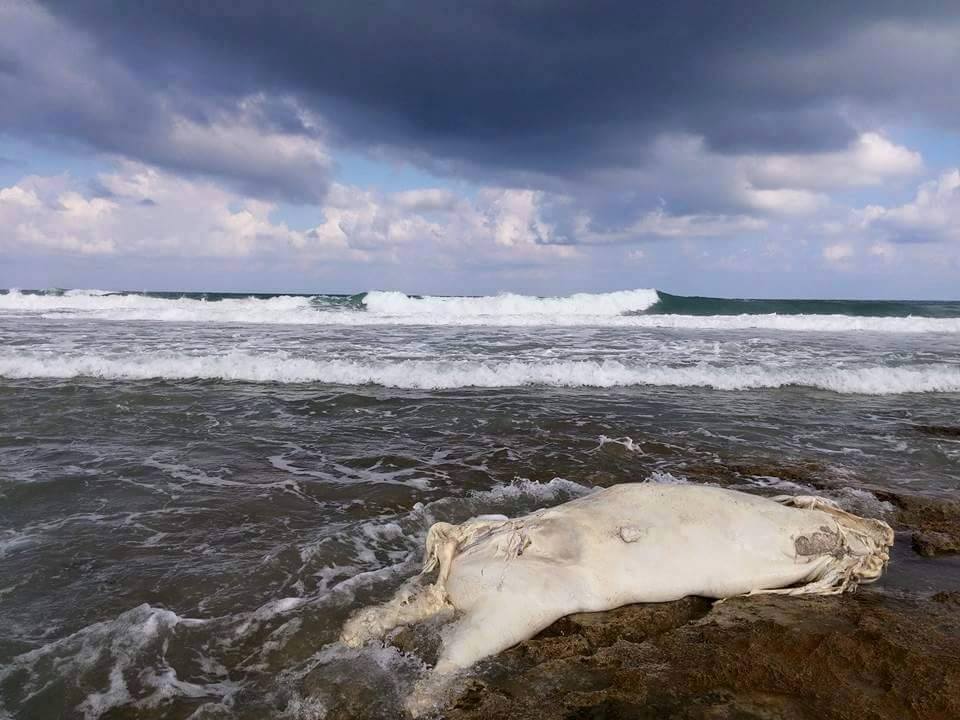
In the live export industry, dead and dying animals are dumped overboard. This cow washed up on shore. (photo: Against Live Transports)
Mr. Kriek and other activists have been communicating with the advocacy groups in Mexico about documenting the arrival of ship and unloading of the animals. “I imagine the locals may be able to smell the ship before they can see it,” said another advocate who contacted TheirTurn about the shipment.
The company exporting the animals, Livestock and Agricultural Products New Zealand, insists the 53,000 animals are treated humanely, noting that the ship is staffed with a Mexican veterinarian and three experienced stockmen. In an interview with a meat industry trade journal, a company spokesman said that deckhands clean the cattle manure once every three days. The sheep, on the other hand, live in their own feces for the entire journey.
The government says that the animals shipped to Mexico will be used for breeding. Activists, however, are skeptical, as animals were reported to have been killed upon arrival during the last live export shipment to Mexico in 2007, when the government gave the same assurance.
Your Turn
Please join the campaign to ban live exports from New Zealand and Australia.
Filed under: Food
Tagged with: Animals Australia, Australia, cattle, live export, New Zealand, Save Animals from Exploitation, sheep



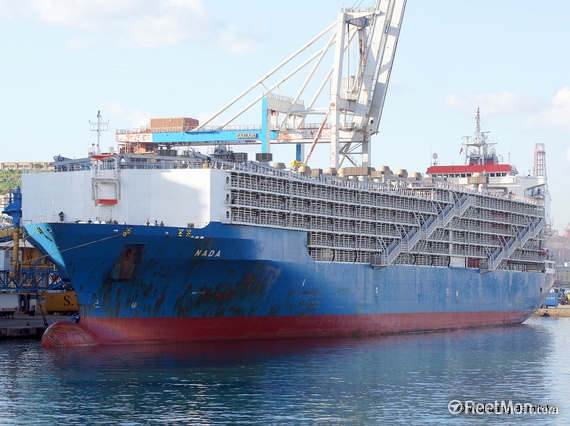

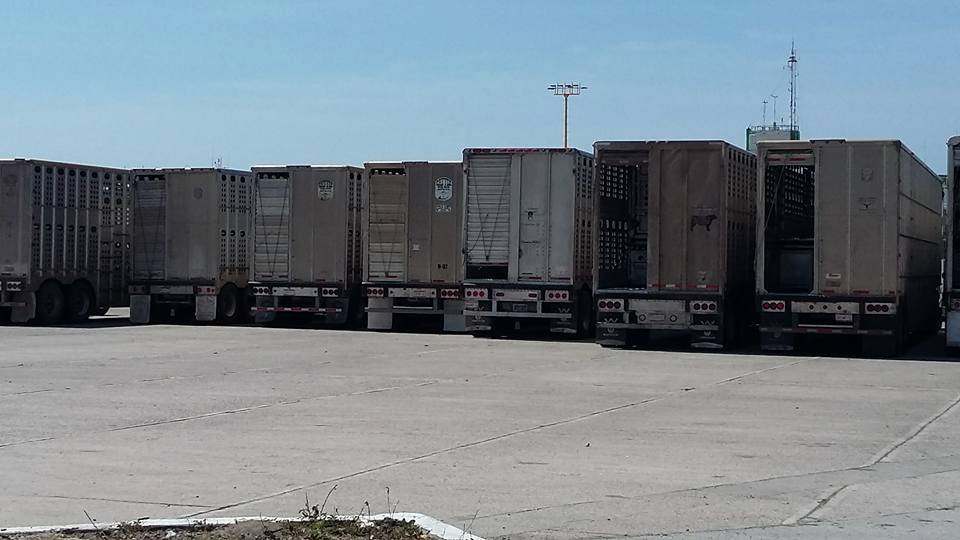
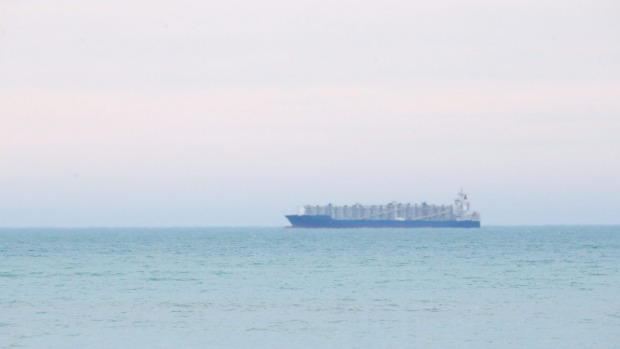
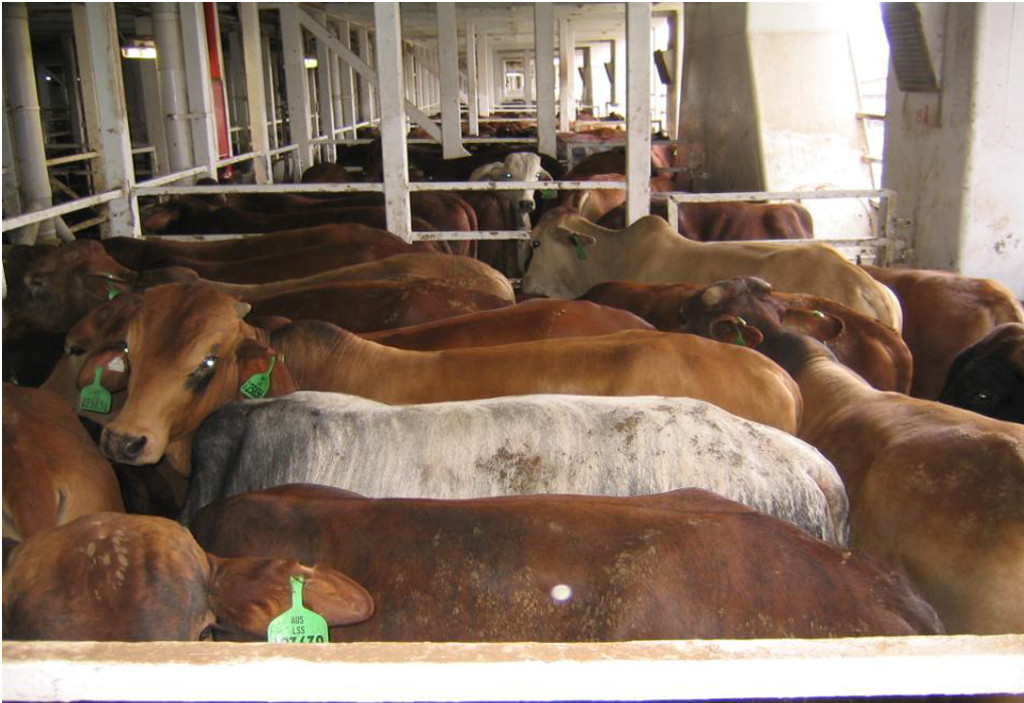
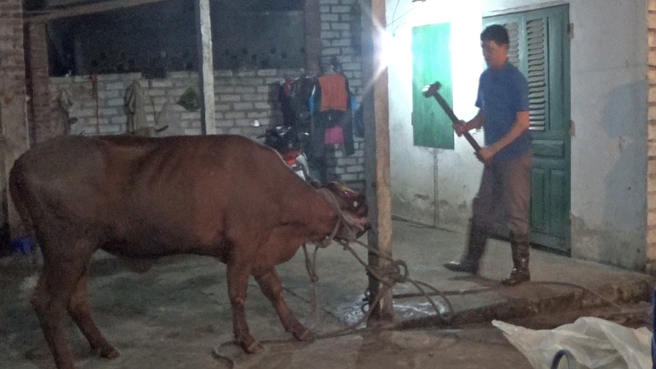
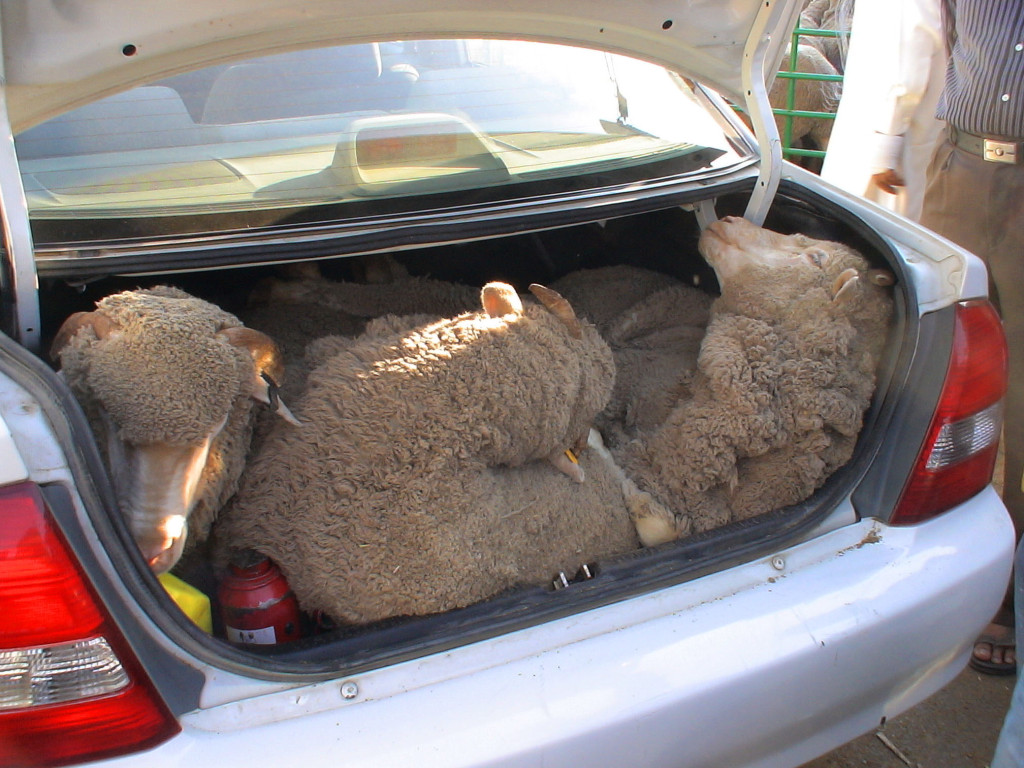
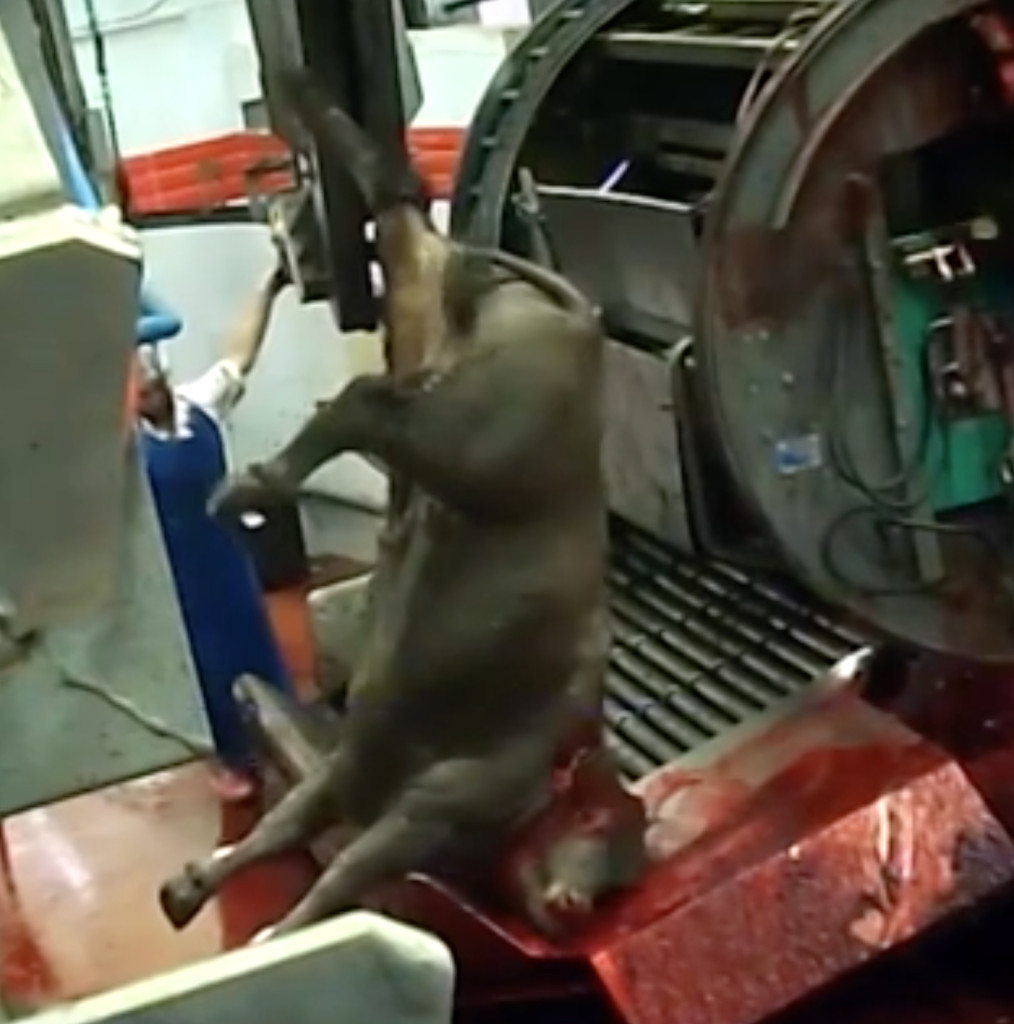
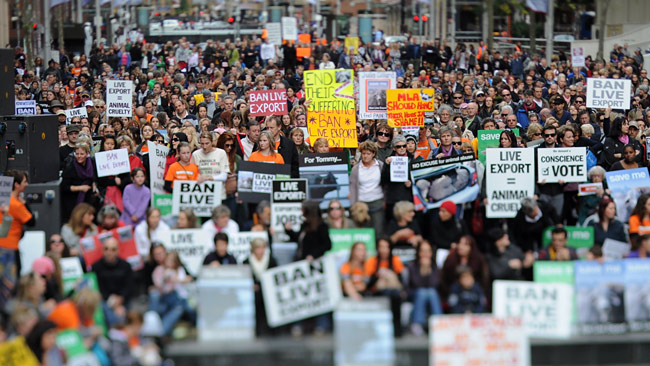
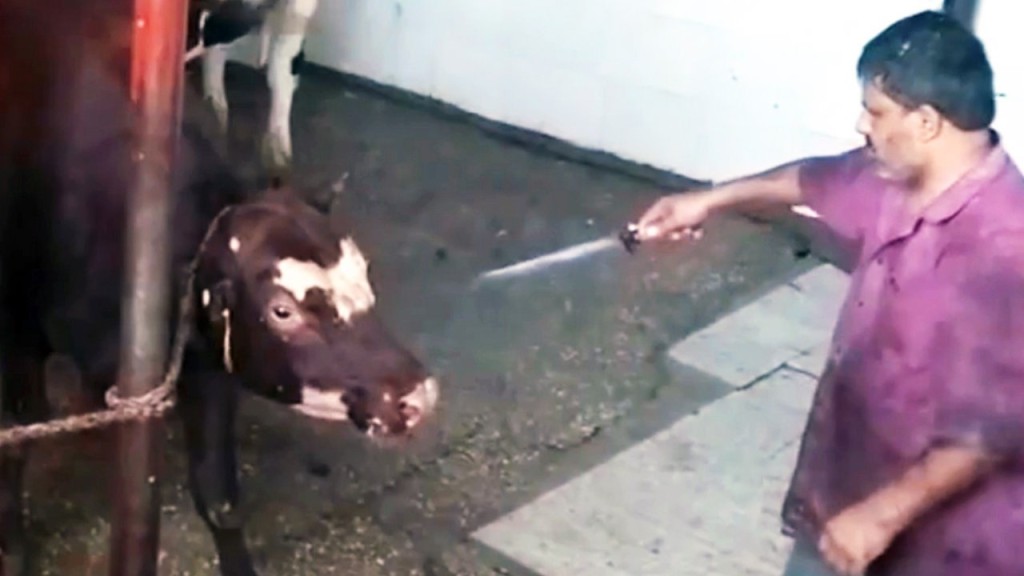
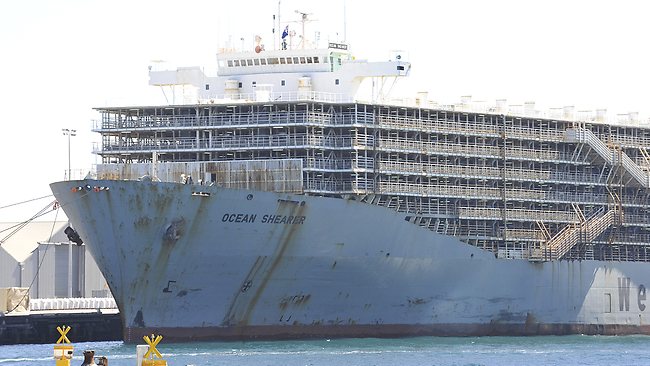
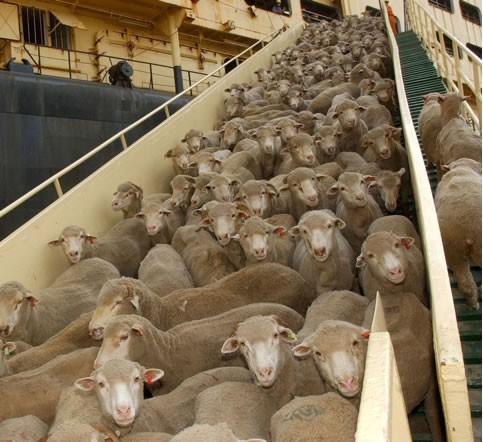

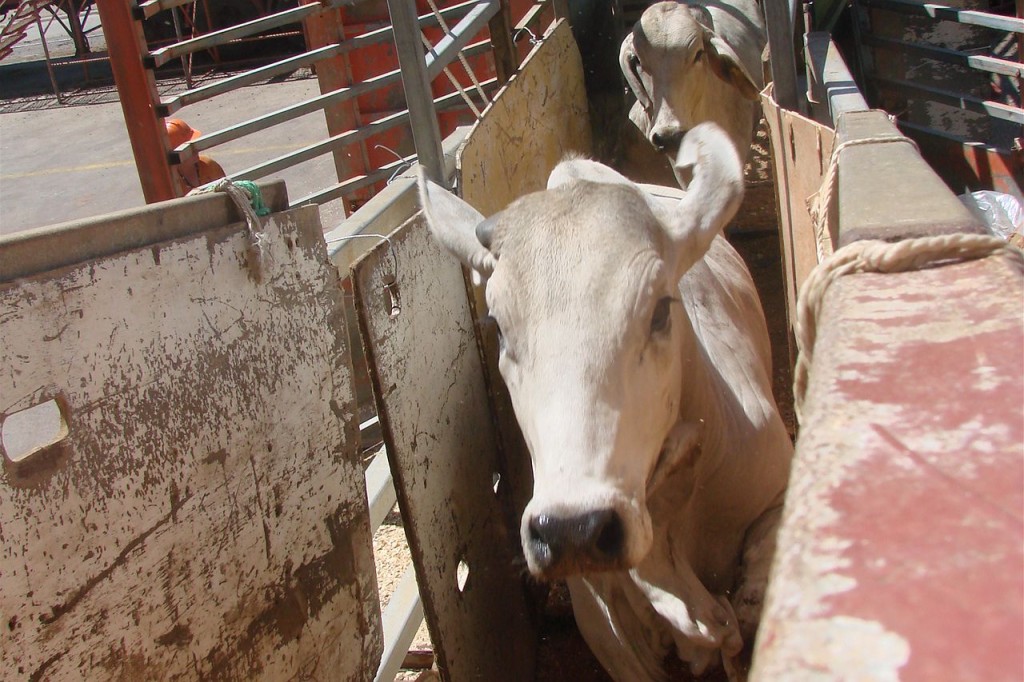
Follow Their Turn